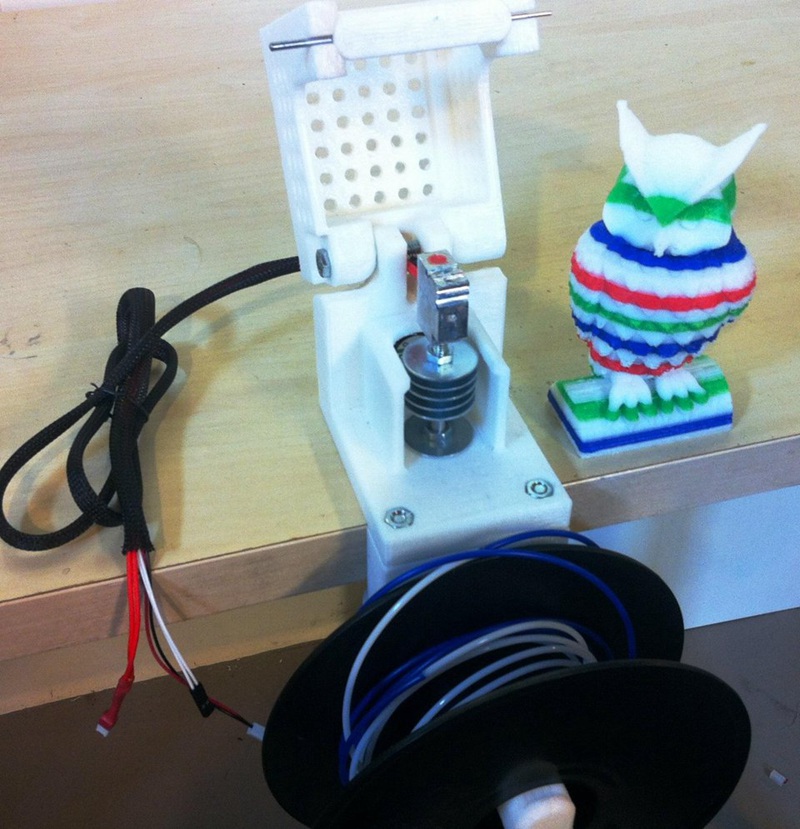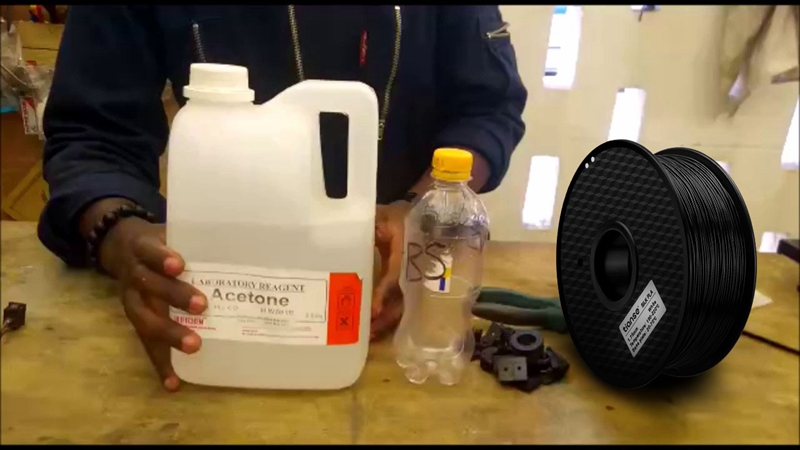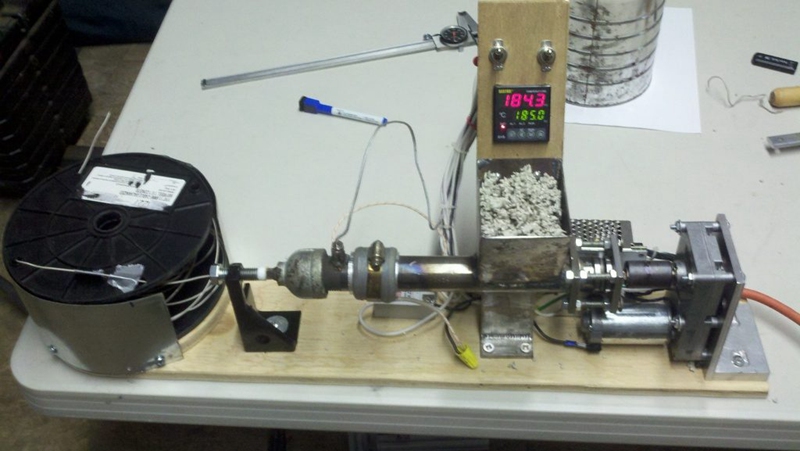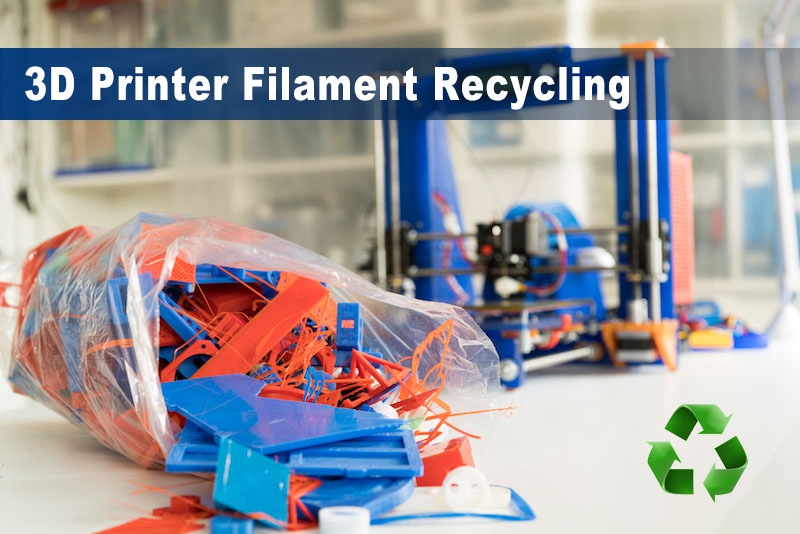The effect of 3D printing on the environment has become a growing topic as an increasing number of people begin to realize their carbon and waste footprints. No matter how good you’re at 3D printing, you’ll be likely to have undesired or failed prints. To find ways to make 3D printing ecologically-sustainable, we’ll show you several recycling tips on how to reuse 3D printer filament.
1. Build Something Multi-colored
Most leftover 3D printer filament ends up in the trash bin. As a matter of fact, it’s possible to break down, melt down, and build several failed prints into something new and unique. You can even build a multi-colored 3D object by continuously feeding extra leftover filament into your printer or by combining prints of different colors.
2. Make ABS Juice
This recycling solution is only applicable to ABS (Acrylonitrile Butadiene Styrene) filament. ABS can be melted down with acidic liquids for its oil-based characteristic. By combining small bits of ABS with acetone, it is possible to make 3 different liquids, each with its own use scenarios.
- ABS Juice: Used to help parts bond to the bed;
- ABS Glue: Used to glue two or several parts together;
- ABS Slurry: Used to fill in any tiny holes between parts.
3. Use Filament Recycling Machine
Filament recycling machine can reprocess household waste made of plastic and failed prints into brand new filament. This recycling process is generally referred to as filament extrusion which usually consists of three steps: 1) Break down old parts or failed prints; 2) Melt down and extrude filament; 3) Wind filament onto new spool.
First, old parts or failed prints are smashed into very small pieces, making it much easier to melt down. Once melted, the now liquid plastic is forced through a tiny opening, and then cooled down before coiling onto a filament spool. This is an excellent way to reuse the scrap filament from failed prints or small bits of filament that wouldn’t otherwise be useful. However, it’s important not to mix different types of filaments when using a filament recycling machine, otherwise it may lead to poor printing results.
4. Recycle Locally
Theoretically speaking, most 3D-printed parts are recyclable. But it also depends a lot on which material you’re using. ABS can generate some nasty fumes and chemicals, so it tends to always end up in a landfill. However, PLA is a more eco-friendly material and it’s biodegradable since it’s usually made from materials like sugar cane, cornstarch, or tapioca root, etc. One of the easiest options is to compost PLA in an industrial facility. Of course, you can also use filament recycling service provided by some filament recyclers.
Today, we’ve proposed several recycling tips on how to reuse your 3D printer filament. You must also have your own ways on recycling your failed 3D prints. Moreover, there are so many other things you can do to contribute to “green” 3D printing. Good luck to your 3D printer filament reusing and recycling!
Post time: Apr-24-2019




